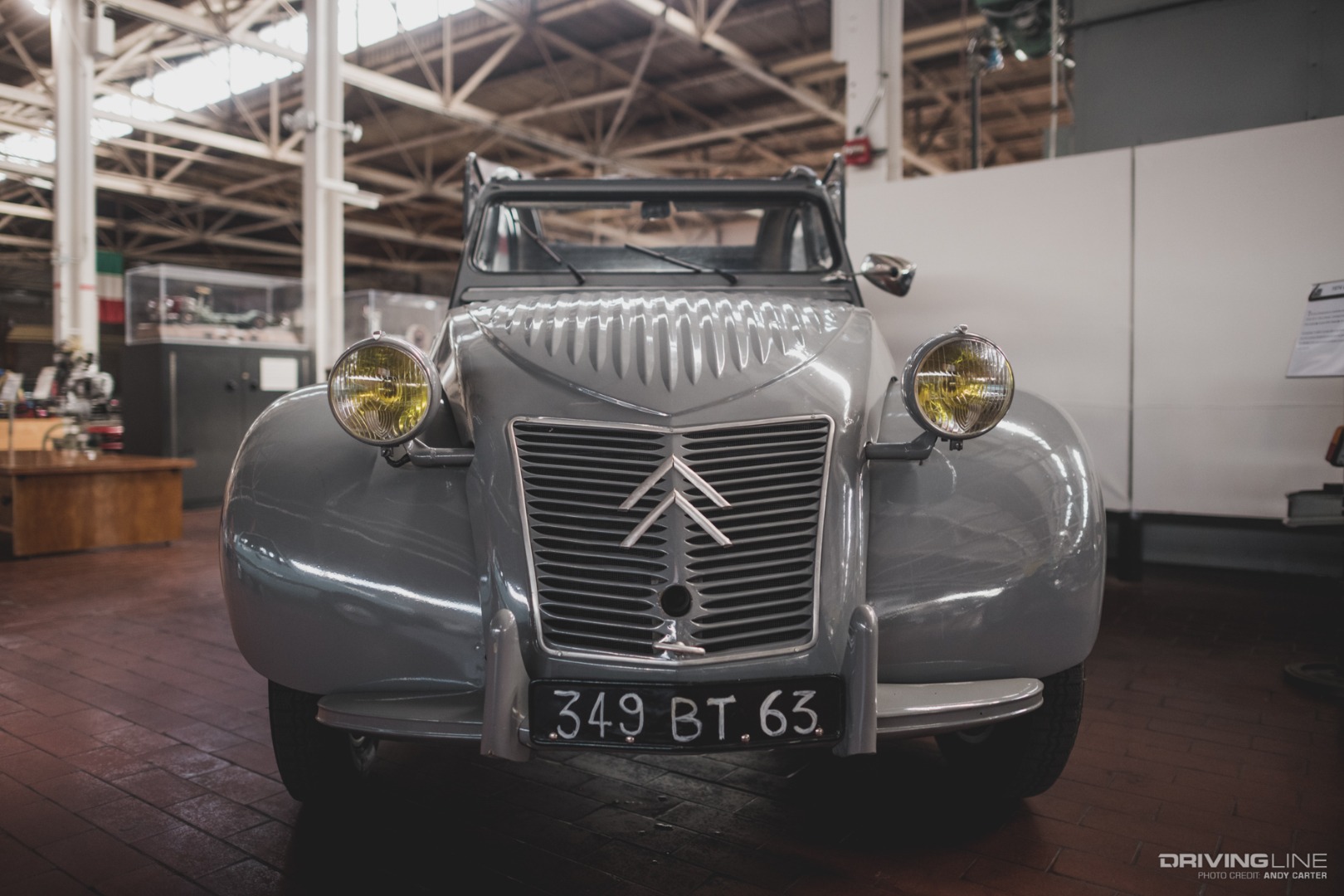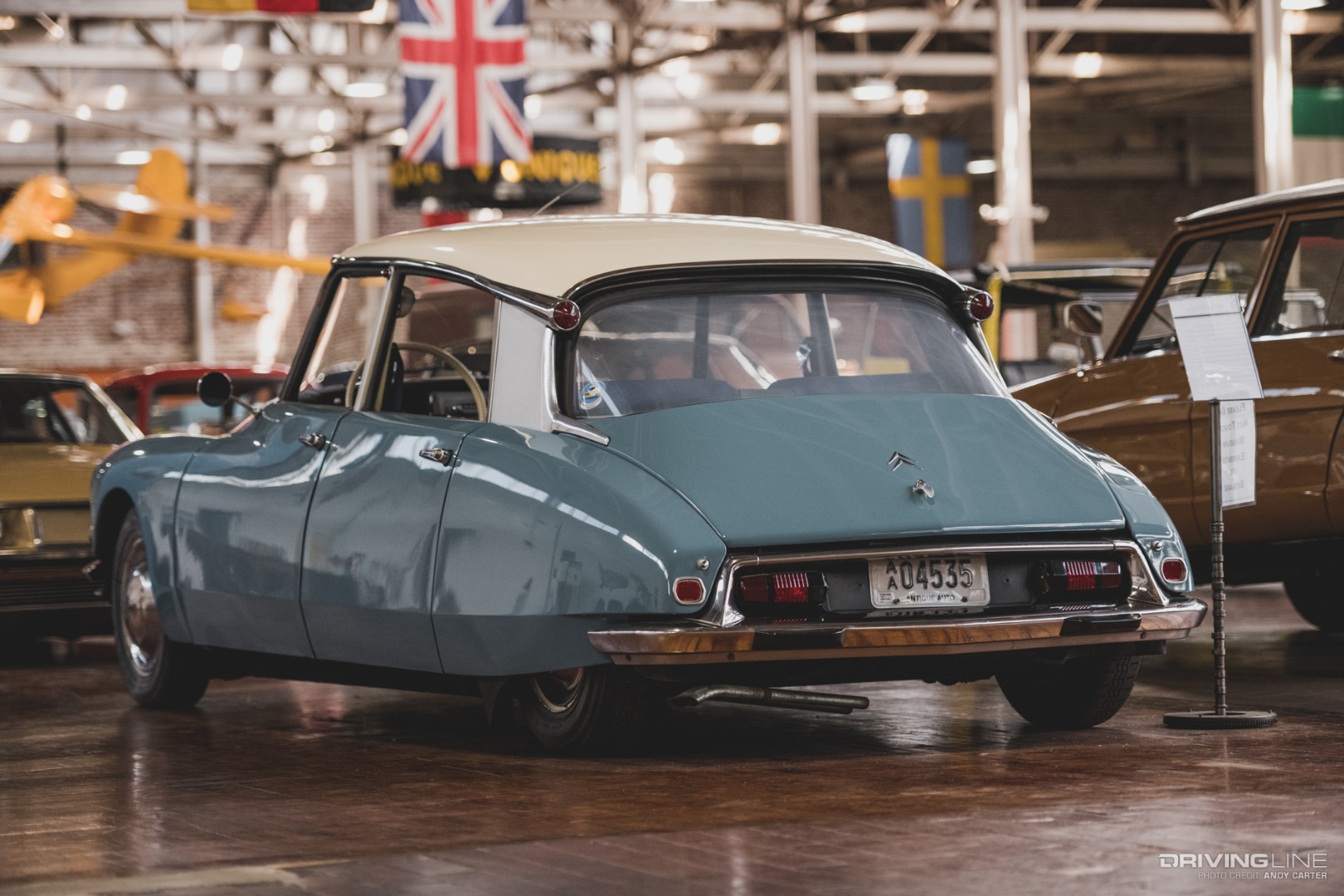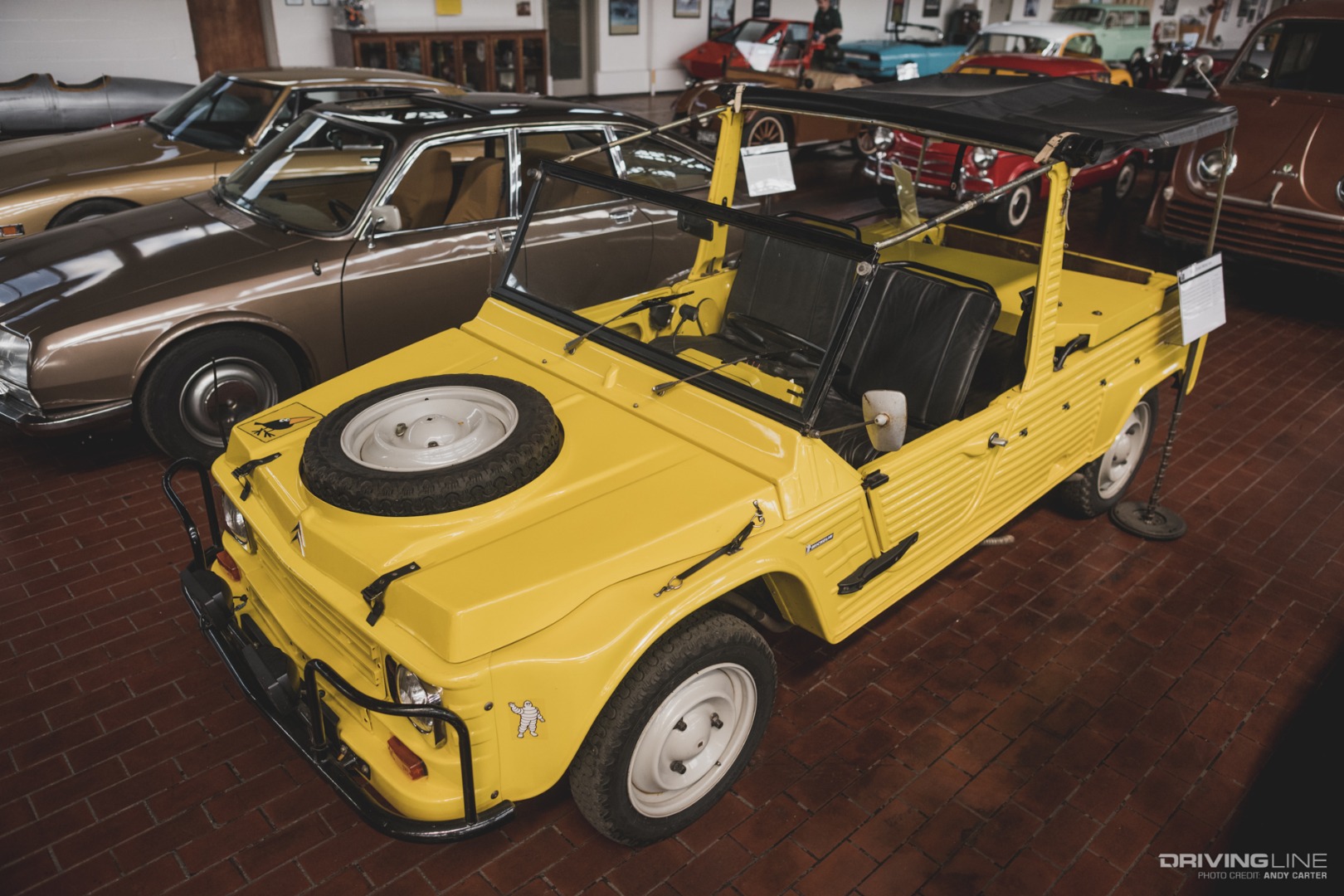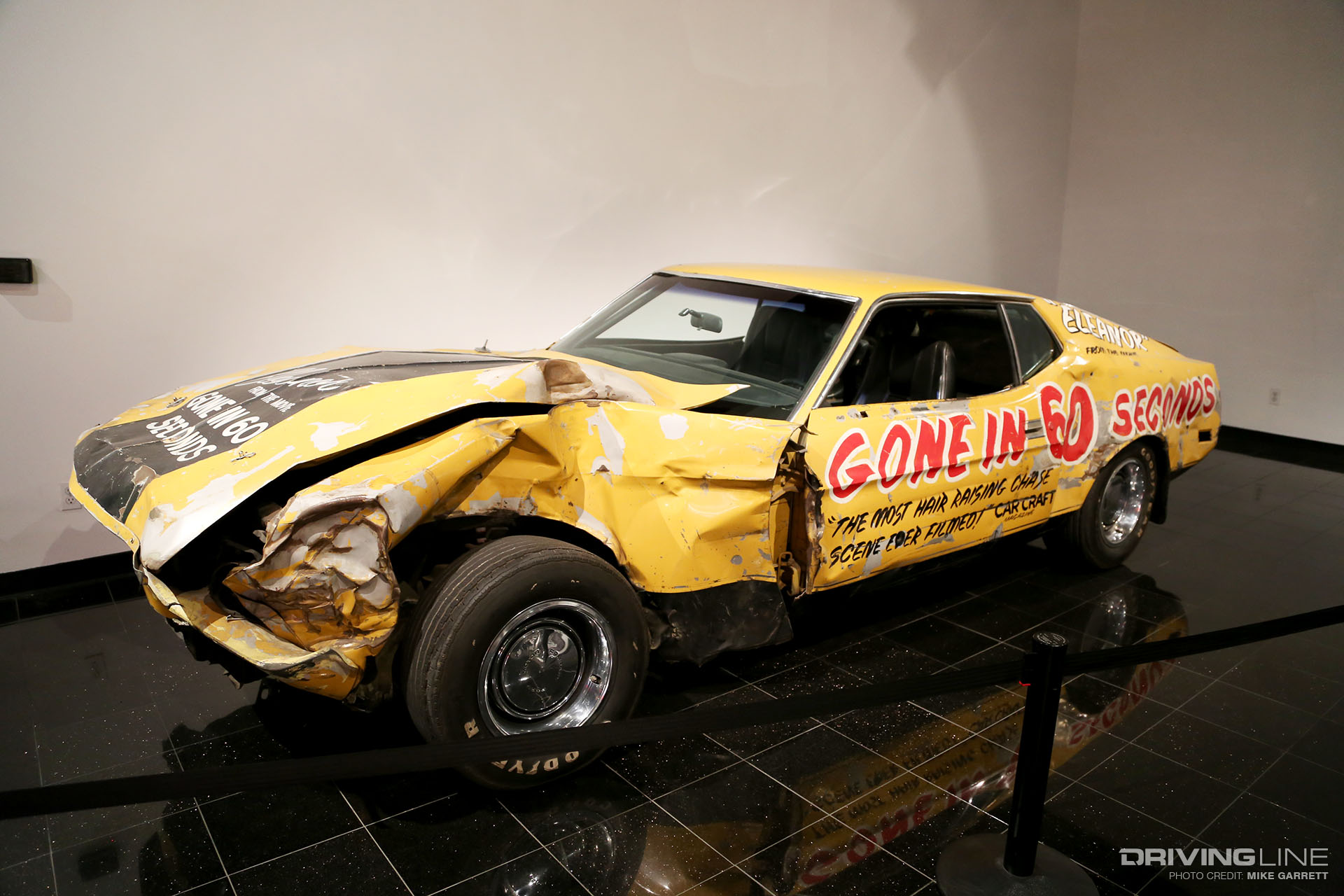When you offer all-you-can-eat burnouts, side-by-side dirt drag action, highly-competitive truck pulls and ceaseless dyno activity all in one venue, you’re going to attract a crowd. Welcome to Blackout in the Country, a day-long melee hosted by Bean’s Diesel Performance of Woodbury, Tennessee. Each fall, the company opens its doors to gearheads of all ages for a truck bash that serves up virtually every form of motorsport that’s popular in the diesel performance segment—along with a side of controlled mayhem.
In a way that only a southern style event can provide, the affair is both leisurely and intense at the same time. Just when you think there’s a lull in the action and it’s time to socialize, another truck rolls onto the burnout pad, revs to the moon and proceeds to boil the rear tires until one of them pops. Once that’s done, the calm returns and conversations resume—until the next candidate wonders onto the blackened slab of concrete. Of course, the sound of a 900hp Cummins making a hit on the nearby chassis dyno has a way of interrupting conversations, too.
By late morning, the parking areas were overflowing, the pre-judging had commenced in the show ‘n shine and the manufacturers midway was hopping. At mid-day, the 150-foot dirt drag track was prepped and ready for dozens of 7,000-pound trucks to trench their way through it. After that, the grounds crew ripped up the Mid-Tennessee soil and then packed it back in nice and tight for the truck pulls. We were there for all of it, and this is what we saw.
Diesel Dirt Drags—More Than Just a Fad
The dirt drags were put on by KOI Drag Racing, a Kentucky-based organization that travels all over the Mid-South and Midwest to both conduct events and spread the popularity of this growing sport.
![001 Diesel Dirt Drags]()
For a $20 entry fee, competitors had the choice of competing in three dirt drag classes at the Bean’s event: Street, Mod or the 2wd/Manual category.
The Street Class
In the Street class, a stock-appearing turbo was mandatory, but dual CP3’s were allowed, along with a 3-minute cool down period between rounds.
![002 Beans Diesel Performance Dirt Drags]()
Most (if not all) GM’s competing in the dirt heeded the advice printed in KOI Drag Racing’s rulebook, which state that upgraded tie rods or tie rod sleeves are strongly encouraged on Chevy’s. And wouldn’t you know it, an LB7 Duramax-powered ’01 Silverado 2500 HD (not pictured) took home the win in the Street field.
Never-Ending Burnouts
There’s a truck in there somewhere… A pre-’05 Super Duty in the midst of a 2-minute burnout to be exact.
![003 Ford Super Duty Burnout]()
At the conclusion of this exceptional display of tire shredding, more than just the rear rubber was smoking. The 6.0L Power Stroke under the hood got a little toasty as well, although it was nothing a few bottles of water couldn’t extinguish.
The Wreckage
If you’ve ever wondered what the structural makeup of a tire is, Blackout in the Country is a great way to see one completely broken down—blown to pieces even…
![004 Tire Blow Out]()
Throughout the day, and especially during the burnout competition that took place in the late afternoon hours, the burnout pad area was littered with tread shavings, tire casings and steel belts.
Mod Class Winner
Aired down and spooled up, Wes Cavinder’s ’96 12-valve Cummins proved the rowdiest of the bunch in the Mod class.
![005 Blackout In The Country Dirt Drags]()
Thanks to his spot-on reaction times and his lightweight, regular cab, second-gen Dodge’s ability to plant its power effectively, Wes found himself out front each time he left the line, as well as the overall winner in the fastest dirt drag class.
More Tire Casualties
While some attendees were content to pull off an above-average, smoke-rolling burnout and carry on about their day, others had far more sinister plans.
![006 Smoky Burnout]()
For instance, a lot of trucks showed up with either the factory skinny’s bolted back on or some cheap take-offs onboard, destined for destruction.
Waiting to Dyno
The chassis dyno was open for business starting at 8:30 a.m. and it didn’t stop humbling trucks until after dark.
![007 Beans Diesel Trucks]()
All told, more than 40 diesels would hit the rollers before the day was done. The fee to measure horsepower and torque was $85, with Bean’s in-ground Dynocom unit being well known for its accuracy. The high mark for the day came from Jason Green’s triple-turbo’d, ’08 Dodge Ram 2500, which laid down 1,430 hp and 1,936 lb-ft of torque.
Ultra-Clean 7.3L On NT420V’s
Even though Alan Sharp’s 7.3L-powered ’02 F-350 is one of the cleanest first-generation Super Duty’s we’ve ever seen, it was the NittoNT420V’s it was wearing that first caught our attention.
![008 2002 Ford F350 Dyno]()
The latest tread from Nitto Tire is definitely a hit so far (we saw it on multiple trucks at this show), with its F load range sizes appealing to a lot of diesel truck owners.
Gassers Are Welcome, Too
It might’ve primarily been a diesel event, but that didn’t stop several strong-running gassers from trying their luck in the dirt drags or taking a few miles off of their tires.
![009 Chevrolet Silverado Burnout]()
When this late-model Silverado got turned around during the midst of its tire-melting session, the driver just went with it, thoroughly pleasing the crowd in the process.
Playing for Keeps
Though impromptu smoke shows were rampant throughout the course of the day, a formal burnout competition kicked off at 4 p.m.
![010 Beans Diesel Burnout Competition]()
With trophies and other prizes on the line for the winners, there was no shortage of entrants willing to pay the $10 entry fee.
2,500+ Spectators
Now in its fifteenth year of existence, it’s safe to say that Blackout in the Country is a well-established event.
![011 Beans Diesel Spectator Turnout]()
In speaking with Ryan Bean, the owner of Bean’s Diesel Performance, Bean Machine and the event’s host, more than 2,500 wrist bans were estimated to have been handed out this year. Judging by what we saw (overflowing parking areas, long yet fast-moving food lines and large crowds present at the dyno, burnout pad and dirt track), his event might’ve even exceeded that number in 2019.
![012 Beans Diesel Blackout In The Country Event]()
![013 GMC Sierra Burnout]()
![014 OBS Ford Truck Pull]()
Looking for a place to see more high-powered diesels? Check out our coverage of the 2019 Scheid Diesel Extravaganza here.














































































































































































